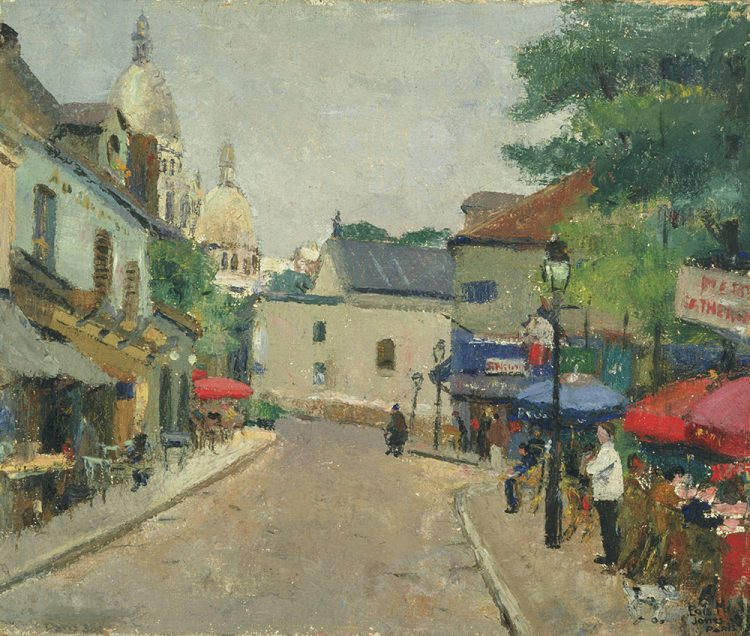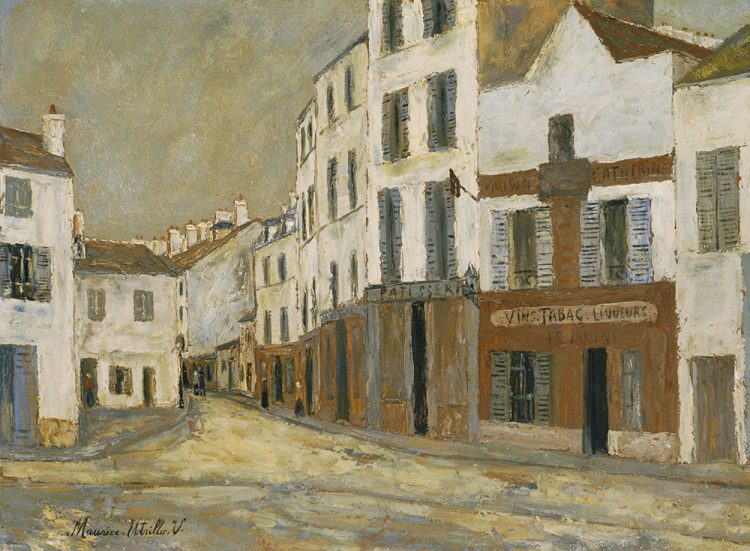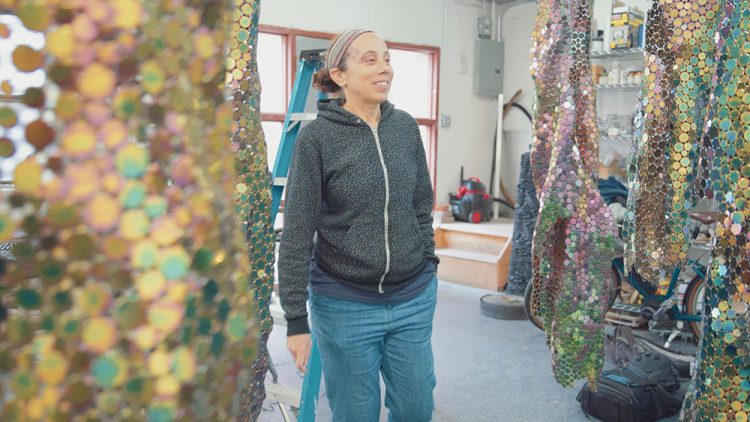Levon Williams, Temporary Program Manager of DEAI, shares his experience launching the Phillips’s first virtual internship program.

Our Summer 2019 Intern Cohort meeting on Zoom
In June, The Phillips Collection began its summer internship program funded by the Sherman Fairchild Foundation. This paid internship program, led by the museum’s Diversity, Equity, Accessibility, and Inclusion (DEAI) Department, aims to create a pipeline of 21st-century museum professionals from historically underrepresented communities in the museum field. We are very excited to have a cohort of nine students this summer!
Planning for this summer’s internship program has been particularly interesting as it is our first that will be completed virtually. We’ve had to assess how to maintain the goals of providing a high quality and impactful internship program without having the interns on site. Working with Makeba Clay, the Phillips’s Chief Diversity Officer and Head of the DEAI Department, I reviewed several webinars and publications on the topic supporting remote interns and have been excited to see them in practice.
During the 10-week program, the interns’ focus as a cohort is in three areas: museum operations, DEAI in museums, and leadership/teamwork. Including leadership and teamwork in a more intentional way is the result of finding that leadership skills are a much desired competency for incoming entry level museum positions.
The interns are represented in a wide swath of departments: Public Programs, Marketing and Communications, DEAI, Editing and Design, Visitor Experience, and Family Programs at the Phillips’s satellite location Phillips@THEARC. We are only a few weeks in and their support has already proven extremely valuable. Interns are working on projects that support major operations such as website design, developing new and innovative programs that can be delivered remotely and in-person once the museums reopens, a review of the museum’s collections from a DEAI lens, and creating new methods to engage volunteers remotely, to name a few. All of these projects support the professional development of the interns and the strategic goals of the departments where they are interning.
In addition to their departmental projects, as mentioned we are also working to create as a shared cohort experience. The interns meet as a cohort twice a week for additional professional development. During these sessions representatives from various departments chat with interns about the journeys that have led them to the Phillips and the museum field as a whole. We also meet to explore and discuss concepts around 21st-century museum leadership, including exploring their strengths, their individual and teamwork styles, and working remotely.
All in all, the Phillips’s first fully virtual internship is an experiment. We feel confident about our ability to meaningfully connect with interns in a virtual space. We hope to be able to use this pilot program as a model to increase the Phillips’s ability to serve a wider group of interns through the Sherman Fairchild Foundation Internship Program going forward. I’ll be back at the end of the 10 weeks to give more insights about what we have learned and I look forward to talking to you all then!





